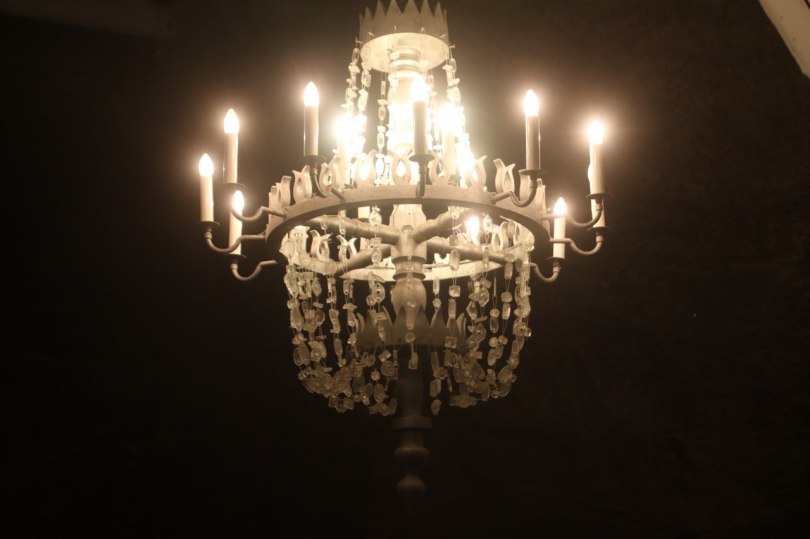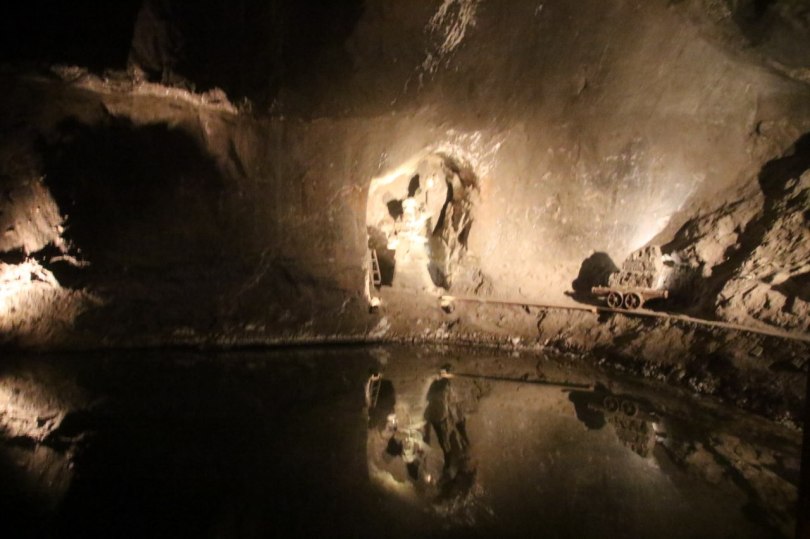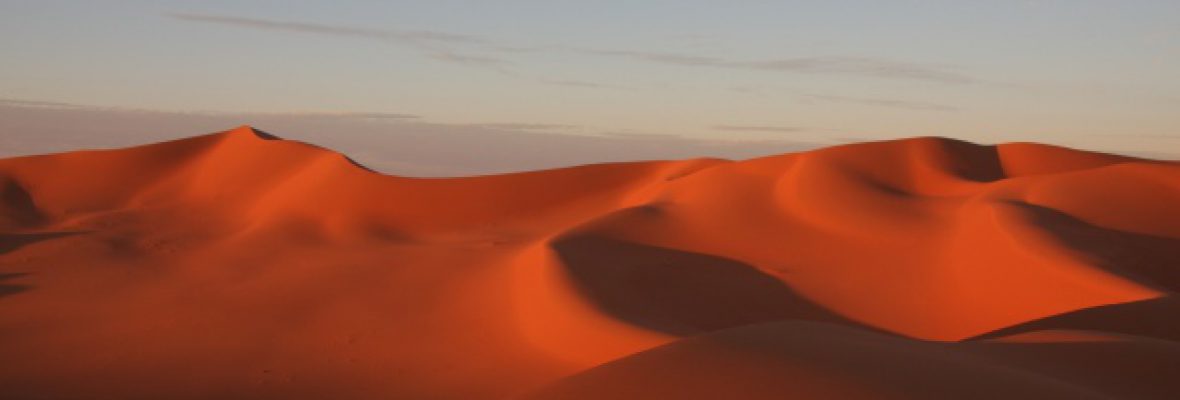One of the most famous attractions in Poland is the Wieliczka salt mine. The mine is so famous it was actually chosen as one of the original 12 members of the UNESCO world heritage list when the very first list was drawn up in 1978. After the initial list was made it has been expanded to 1,154 different member places making the membership somewhat less exclusive than what it was back in 1978.

You find the salt mine at the small village of Wieliczka which is located a bit over 10 kilometers drive outside the center of Krakow – I guess this is one of the reason why so many people head to this salt mine it is a natural daytrip if you spend time in Krakow. The old town of Krakow is actually a second of the 12 original members of the UNESCO world heritage list.

To get to the mine you have to go on a tour – there is English speaking tours departing at least once an hour during the high season so you can easily get to tour the mine. If you get here during the busy season you might consider coming early or late in the day or buy the ticket in advance to avoid a long wait for a ticket for a tour of the mine.

The salt mine has been an important source of salt supplying areas in eastern and central Europe since the 13th century. The mine was expanded by King Casimir III the Great during his reign when he did a lot to improve the life conditions for the people working the mine including building a hospital at the village.

During the many centuries of operation the mines has dug many chambers and many tunnels under the ground. Today there is a visitor route which we follow during our visit. This route is 3.5 kilometers long – which is only about 2 percent of the total length of the tunnels in the mine.
The many tunnels were actually used by the Germans during World War II when they moved some of their armaments production underground to protect it against allied bombing. The many tunnels in this mine made it a good location for the weapons production during the war.

We start the tour heading down into some long tunnels. The tunnels in the mine were traditionally build by wood and painted in bright white – the last thing was important since the limited lighting down under the ground meant they need the weak lights they did have to be reflected by the walls to make it easier to navigate in the darkness of the mine.

Today the mine is climate controlled with a fixed temperature and humidity level in the part of the mine we are visiting. The climate controlled environment is needed to preserve the artifact which has been cut out of the salt in the mine.
When walking through the mine we get to different places where they have cut out statues of the salt. Some statues are of saints and another is of the famous Polish astronomer Copernicus.

The main attraction in the mine is the large room called the cathedral. The room is huge and some miners has made it into a cathedral with an alter and many sacred carvings in the salt of the walls.

Other great attractions are some pretty lakes under the water which has some pretty colours. I am not sure how come the water at one lake is so bright green but it is.

When you are done with the tour you can enjoy lunch in the underground canteen. The prices for the food are fairly reasonable considering this is the only place to buy a meal under the ground.


You are getting even more brilliant with every post!!
Thank you!
Joanna
LikeLiked by 1 person
Thank you Joanna ☺
LikeLike
Wow, such an interesting place to visit 🙂
LikeLiked by 1 person
Yes it is a fashinating mine☺
LikeLike